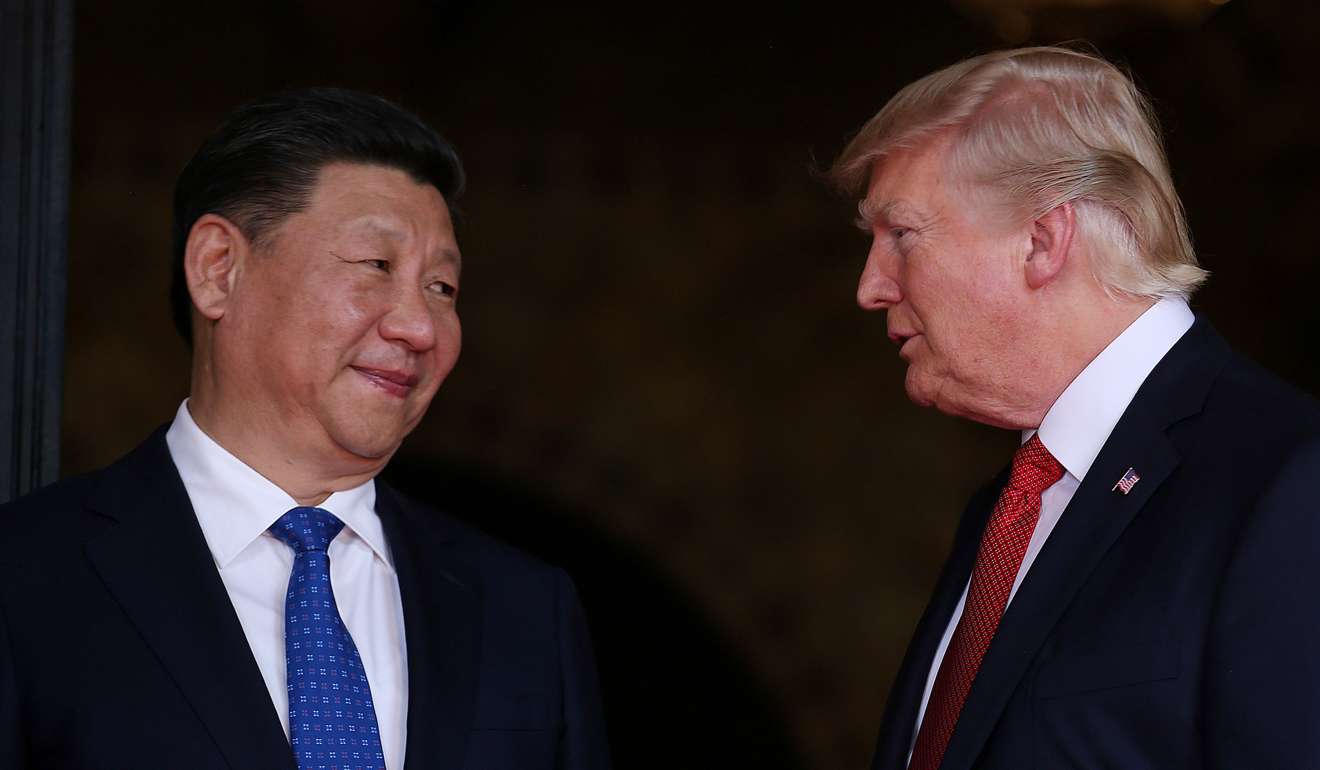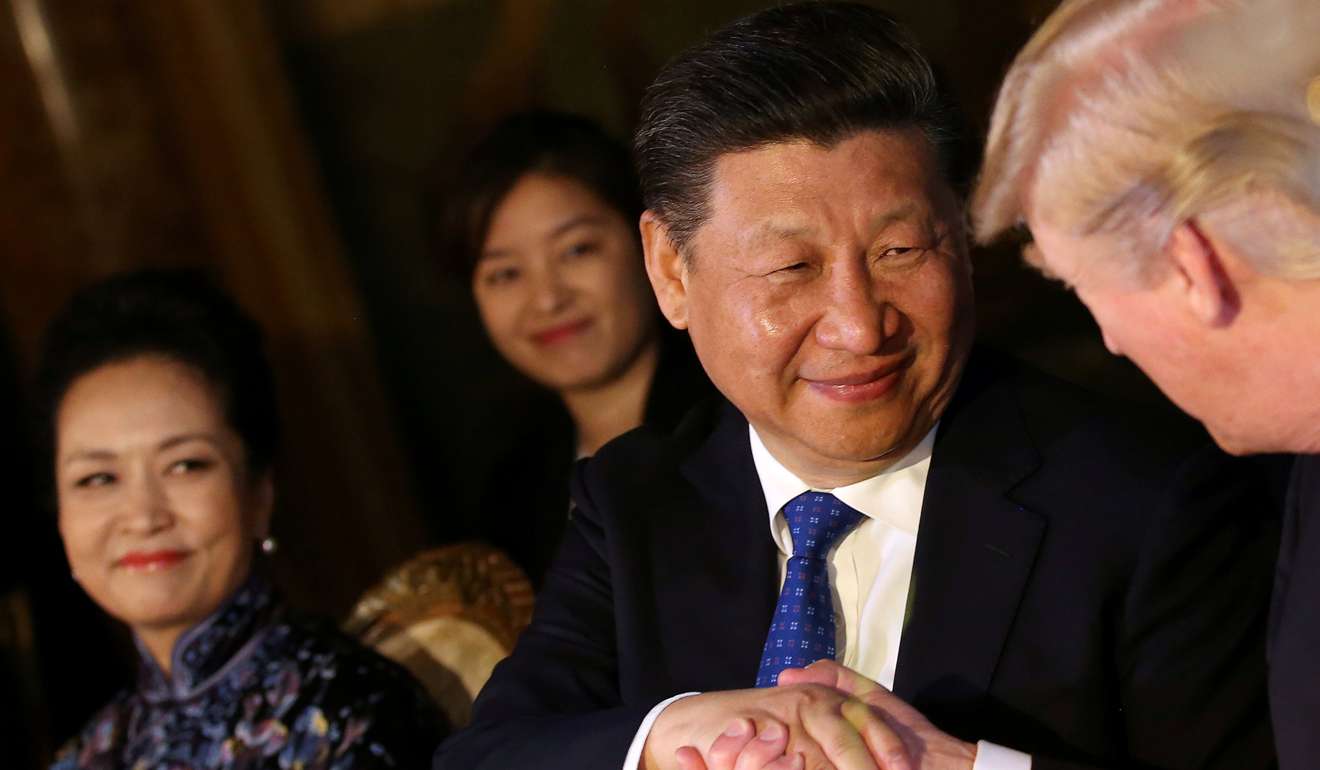
Trump claims ‘Korea actually used to be a part of China’, but does that stack up?
US President’s version of a history lesson he says he got from Xi Jinping has come under fire in South Korea
It’s a claim that has sparked a fierce response in South Korea.
In retelling a conversation with Chinese President Xi Jinping, US President Donald Trump told the Wall Street Journal: “He then went into the history of China and Korea. Not North Korea, Korea. And you know, you’re talking about thousands of years ... and many wars. And Korea actually used to be a part of China. And after listening for 10 minutes, I realised that it’s not so easy.”
This claim was largely buried in the April 12 news coverage of Trump’s wide-ranging interview with the Journal, during which he made numerous flip-flops on several policy areas. But it belatedly went viral in South Korea after a Quartz article drew attention to it on Tuesday.
Trump’s unartful retelling of Sino-Korean history sparked widespread outrage among Koreans, who are particularly sensitive to the US president’s rhetoric amid heightened tensions between North and South Korea.
Leaders across the political spectrum criticised Trump’s characterisation, calling it a clear distortion of history and an attempt to undermine Korean sovereignty; Arirang news on Wednesday cited a South Korean official who said the assertion was untrue and “not worthy of a response”.

Trump’s phrasing that the Korean Peninsula “actually used to be a part of China” may be his version, not a verbatim account of Xi’s history lesson, and the two spoke through interpreters. The White House did not respond to a request for clarification.
But there is plenty misleading about Trump’s claim.
Korea has been long intertwined culturally and historically with China but was not under direct and official territorial control by China, despite repeated Chinese invasions.
Xi – and Trump – may have been referring to the tributary system between China and Korea, during which Korea gained protection from China while it was forced to pay “tributes”, or gifts. These gifts “signalled a subordinate but still independent position,” historian Kyung Moon Hwang wrote in the Korea Times.

This tributary system began after the three kingdoms united with the help of China, and it lasted, with exception, from roughly the seventh century to the 19th century.
“This worked in preventing the Chinese from taking further military action, but it did not always work in stopping other peoples who wanted to rule China from threatening and invading Korea,” wrote Hwang, author of A History of Korea.

The other time was in the 13th century during the Goryeo era, under Mongolian rule of both China and Korea. Hwang wrote: “For nearly a century Mongol-controlled China treated Goryeo somewhat like a colony, directly controlling its northern territories and constantly interfering in Goryeo’s internal affairs; in fact the Mongol emperor in Beijing even determined Goryeo’s monarch, whose ancestry, beginning with his mother, was usually more Mongol than Korean.”
Trump’s description echoes a Chinese nationalist version, but ignores the competing interpretations of the relations among Korea, China and Japan. Tensions between Koreans and Chinese over whether China exerted territorial control over Goguryeo blew over about a decade ago – when a Chinese government-backed group sought to rewrite the history of ancient Chinese influence in northeast Asia, particularly in Korea. Koreans saw this as an effort to recast them as political subjects of China, and South Korea started its own competing government-backed project to research the history of Goguryeo. In the face of growing controversy, China promised South Korea it would not revise its textbooks, according to the Atlantic.
This is not the first time Trump and his administration has ignored nationalist sensitivities in East Asia, particularly regarding South Korea.
In March, when North Korea fired ballistic missiles into the body of water between the Korean Peninsula and Japan, administration officials used the name preferred by the Japanese government (“Sea of Japan”) with no acknowledgment of the naming dispute for the body of water or alternative names, such as the East Sea.
It’s unclear whether Trump was accurately quoting Xi or instead misunderstood what he was told. But his flippant reference to a Chinese-centric version of Sino-Korean relations was careless, at best.

